With its long history, Otford Palace, which is designated as an Ancient monument, is unquestionably a Heritage site of National significance.
In 1801 Halsted wrote “Besides the most antient palace of the archbishopric at Canterbury, given to it at the first erection of it by Ethelbert, king of Kent, of which a full account has already been given before, there were many other stately mansions and castles belonging to the see, situated on the principal manors and estates of it; these were, those of Wrotham, Maidstone, Otford, Knoll in Sevenoke, Charing, Aldington, Saltwood, Tenham, Gillingham, Wingham, Ford, and Beaksborne, all in this county; Lambeth and Croydon, in Surry; and Mayfield and Slindon, in Sussex; most of which were large and stately palaces, fit for the reception of so eminent a personage and his numerous establishment; and though the several archbishops made choice of some one of these houses as a favourite place, in which they resided as their homestall, for a longer time than they did at the others, and consequently they laid out much cost in the improving and adorning the buildings of it more than of the others, yet they generally visited and sojourned for some time at most or all of them in their progress, indiscriminately, and this they were induced to do from the greatest part of the rents of these manors being paid in kind, such as corn, straw, poultry, eggs and other provisions, and which from the former scarcity of money, could not easily be turned into specie, so that the whole was consumed by the archbishops with their suite, which at times consisted of knights, esquires and other attendants, to the number of two or three hundred on horseback, whilst they remained there, and by their families resident in them during the rest of the year. Of these palaces, with their adjoining royalties and manors, the archbishops continued possessed till the reign of king Henry VIII who, looking with a jealous eye on these stately possessions, at different times stripped this see of many of them, as did king Edward VI. and queen Elizabeth of all of the rest, excepting the antient palace at Canterbury, those of Ford and Bekesborne, which were not so well worth their attention, and Croydon and Lambeth, of which only the last remains standing at this time, and is now the only archiepiscopal palace belonging to this see. Here the archbishop resides in general, keeping a stately household of officers and domestics attendant on him, suitable to his high rank and dignity; here his constant housekeeping, as well as his hospitality, is great and noble; as a part of which, during the time of the sitting of parliament, he keeps weekly a public day, on which he entertains at dinner such of the nobility, bishops, clergy and gentry, as come to pay their respects to him, who are in general very numerous, and are entertained by him with a costly plenty, and with a welcome decorum and courtesy, which so universally characterize his grace’s behaviour.” (Edwards Halsted, (1801) The history and topographical survey of the county of Kent second edition, volume 12. Canterbury)

First gift of land
1 January 0791
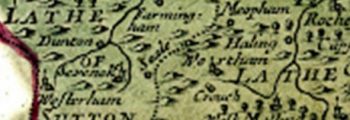
In 791 (or possibly in the preceding year) Offa, the King of Mercia, gave lands at Otford to Christ Church Canterbury (the ‘vill by the name of Otford’).
Read moreA further gift of Land
31 December 0820
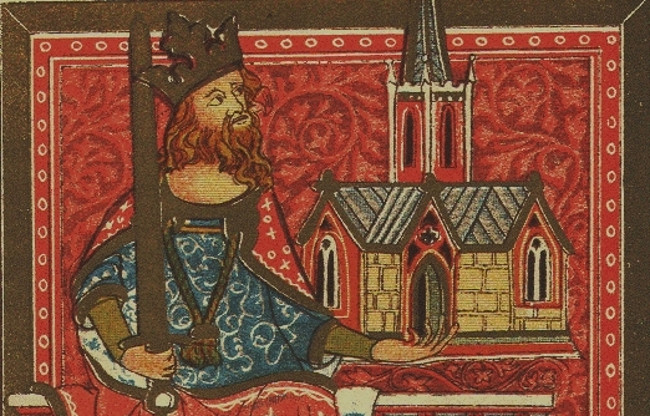
Further gifts of land were made in 820 and 821. The first, by Coenwulf, the Mercian King and son of Offa and in the following year by Ceolwulf, his brother and successor, who donated to Otford lands bordering the East bank of the River Darent between Shoreham and today’s Bat…
Read more
Duke William visits on his way to London
15 October 1066
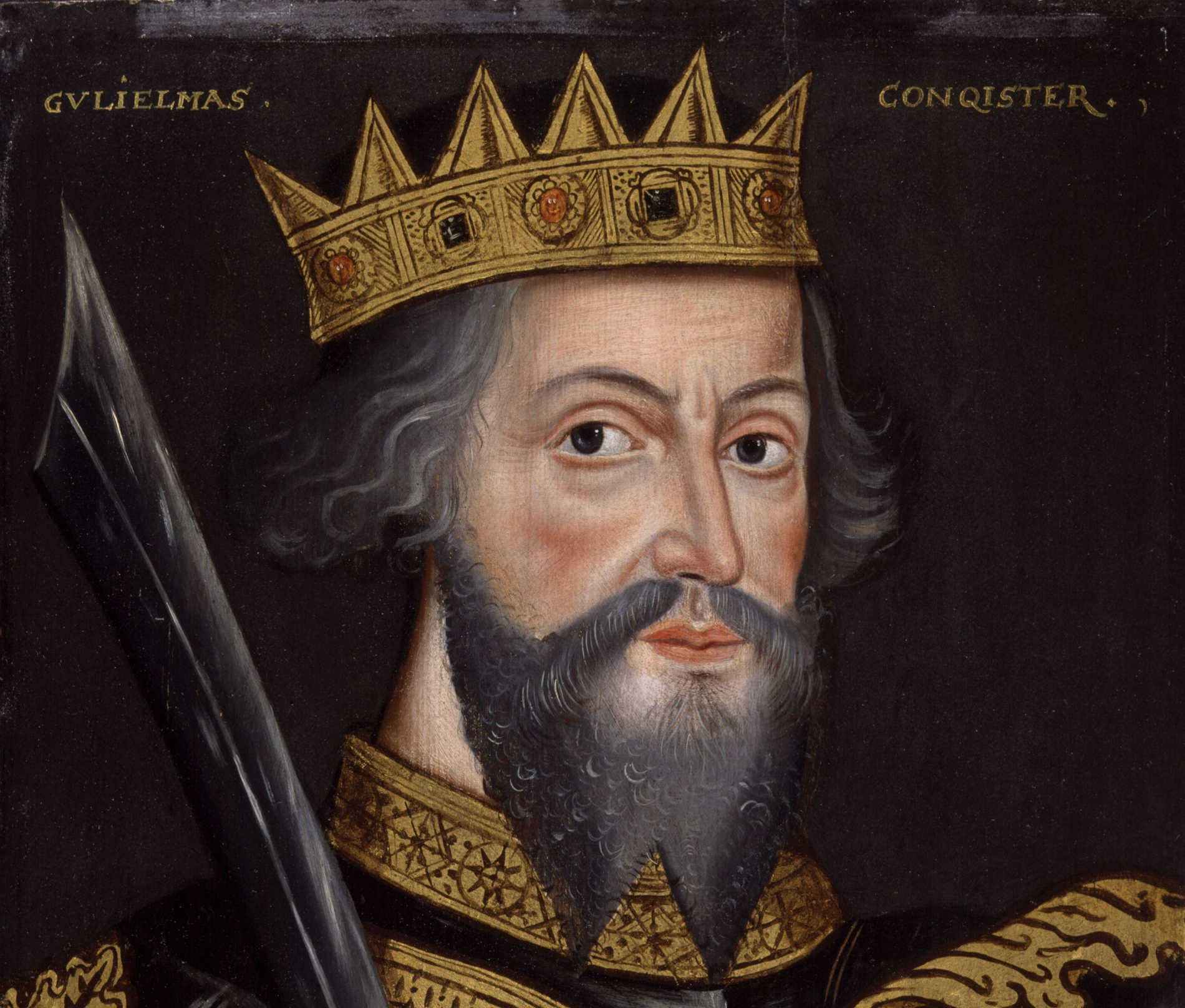
William the Conqueror recuperated at The Ruined Tower during his march on London
Read more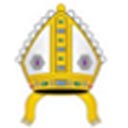
Archbishop Lanfranc 1070-1089
8 May 1072

In 1066 Lanfranc became the first Abbot of the Abbey of Saint-Étienne at Caen in Normandy. He was a close friend of Duke William (William the Conqueror) and subsequently exercised a perceptible influence on his master’s policy.
Read moreDomesday Book
23 June 1086
By the Domesday Survey in 1086, the land at Otteford owned six watermills and a large demesne farm locally, worked by tenants who were bound to the land, though over the centuries their obligations were gradually changed to monetary rents, and the lives and status of many of the tenant…
Read more
St. Thomas Becket
1 January 1162
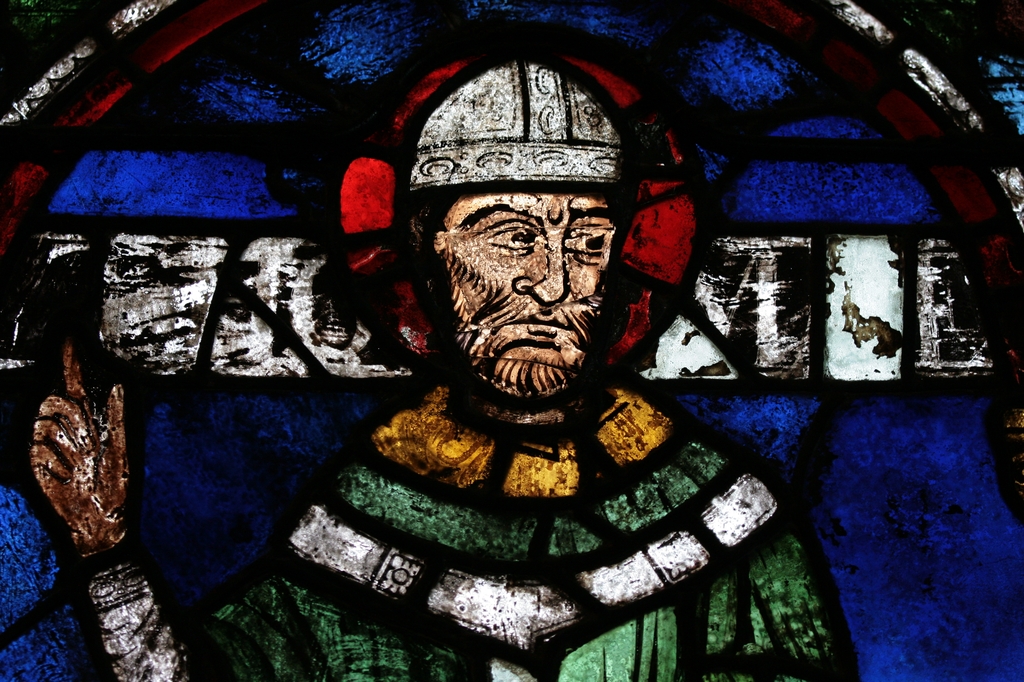
Thomas Becket, Archbishop of Canterbury (1162–1170) it is said, particularly liked staying at Otford, which he did several times over the next eight years.
Read more
Baldwin of Forde, Archbishop of Canterbury 1184-90
1 December 1184
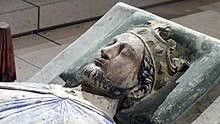
Baldwin of Forde was Archbishop of Canterbury between 1184 and 1190. The son of a clergyman, he studied canon law and theology at Bologna and was tutor to Pope Eugene III’s nephew before returning to England to serve successive bishops of Exeter. He was appointed as Archbishop of Canterbury in…
Read more
Archbishop Stephen Langton 1207-1229
1 January 1207

Following the death of Archbishop Hubert Walter in 1205, there was a prolonged dispute between King John, the monks of Christ Church, Canterbury, and Pope Innocent III over who should succeed him. Stephen Langton was eventually elected Archbishop of Canterbury by the monks of Christ Church in December 1206, and…
Read moreA great estate
1 January 1214
According to the Red Book of the Exchequer, 1214 ad, the following manors were held by the Archbishop as of his Manor of Otford: Eynesford, Lullingstone, Aldeham, Preston, Vielestone, Sundridge, Chevening, Shipbourne, and Orpington. From other records, Tonbridge, Penshurst, Brasted, Sevenoaks, and Shoreham can be added, and thus the whole…
Read more
Edmund of Abingdon Archbishop 1234-1240
12 April 1234
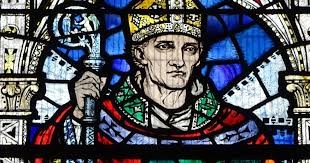
Edmund of Abingdon, also known as Edmund Rich, St Edmund of Canterbury, Edmund of Pontigny was one of the seven Archbishops of Canterbury who were canonised.
Read more
John Peckham, Archbishop of Canterbury 1279-92
25 January 1279
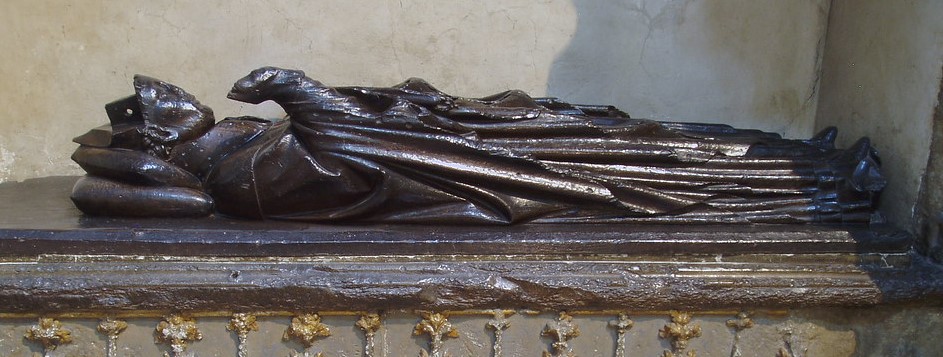
John Peckham was a native of Sussex who was educated at Lewes Priory and became a Friar Minor about 1250.
Read more
Robert Winchelsea, Archbishop of Canterbury 1293-1306 and 1308-1313
1 April 1293

Robert Winchelsey was elected as the successor to Archbishop Petcham.
Read moreChapel Built
1 January 1313
The Chapel (18 metres long) was built in the Decorated style with, “a lavish interior”
Read more
Walter Reynolds, Archbishop of Canterbury 1314-27
1 January 1314

Walter Reynolds was Bishop of Worcester and then Archbishop of Canterbury as well as Lord High Treasurer and Lord Chancellor.
Read more
Archbishop Reynold’s flight
15 October 1326
As darkness fell in the evening of the 15th October 1326, a party of horsemen slipped out of a rear entrance of Lambeth Palace, on the bank of the Thames opposite Westminster. In the midst of the party was Walter Reynolds, the Archbishop of Canterbury.
Read more
John de Stratford, Archbishop of Canterbury 1333-48
3 November 1333

On 3 November 1333 Stratford was appointed Archbishop of Canterbury and resigned as chancellor in the following year; however, he held this office again from 1335 to 1337 and for about two months in 1340.
Read more
Escape The Plague
1 January 1348

Edward III brought his whole court here to spend Christmas away from The Black Death in London.
Read moreDinner is Served
1 January 1382
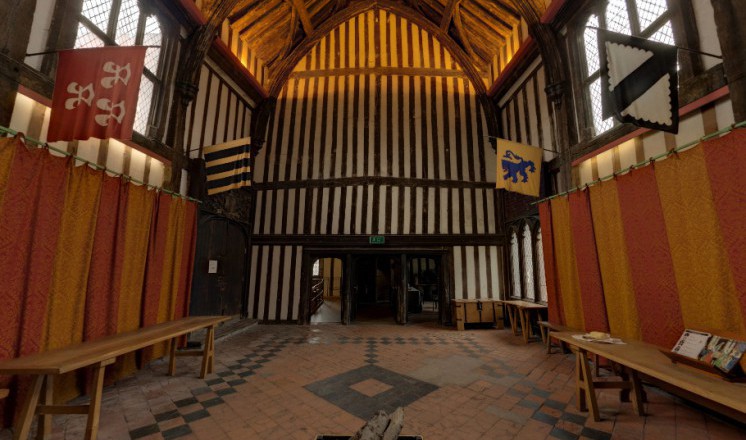
The Great Hall (31 metres long and 12 metres wide) was built to seat 200 at dinner
Read moreRevolting peasants attack Otford Palace
5 June 1383
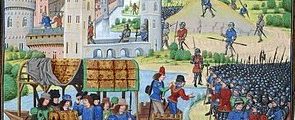
Insurgents attacked the episcopal residences at Lambeth, Croydon and Otford during the Peasants Revolt on 1381.
Read more
Archbishop William Courtenay
6 June 1383
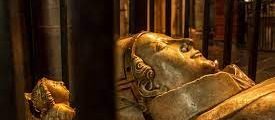
William Courtenay (c. 1342–31 July 1396) was Archbishop of Canterbury (1381–1396), having previously been Bishop of Hereford and Bishop of London In 1390 Courtenay protested against confirmation of the Statute of Provisors 1350, and in 1393 he was successful in slightly modifying the Statute of Praemunire 1392. Disliking the extravagance…
Read more
John Stafford, Archbishop of Canterbury 1443-1452
5 January 1443
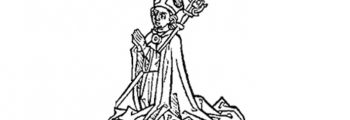
John Stafford was made Archbishop of Canterbury in May 1443 by Pope Eugene IV. He held the until his death on 25 May 1452. He steered an even course between parties as a moderate man and useful official.
Read more
Thomas Bourchier Archbishop of Canterbury 1455-1486
26 January 1455

Thomas Bourchier was installed as Archbishop of Canterbury on 26th January 1455 and was subsequently created a cardinal on 18th September 1467.
Read more
Thomas Bourchier enlarges Knole
1 January 1456
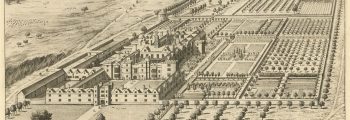
The Moated Manor at Otford Palace was already well established by the time that Thomas Bourchier, Archbishop of Canterbury, enlarged a small manor house at Knole (in Sevenoaks about 6.5km south of Otford) between 1456 and 1486.
Read more
John Morton, Cardinal and Archbishop of Canterbury 1486-1500
6 October 1486
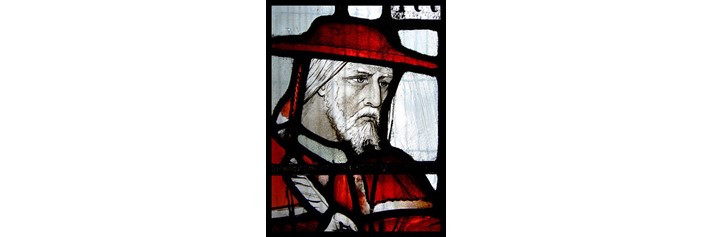
Cardinal John Morton (1486-1500) who had studied law at Cambridge, was imprisoned as a traitor by Richard III, escaped and fled to Flanders, returning when Henry VII took the Crown.
Read moreMedieval TripAdviser
1 January 1500
The Court roll stated that Otford was, “one of the grandest houses in England”
Read more
Henry VIII and his sister Princess Mary Tudor stay overnight at Otford Palace
7 January 1514

In 1514, Cardinal Wolsey negotiated a peace treaty with France which was strengthened by the marriage of Princess Mary, the sister of Henry VIII to Louis XII of France. Louis was 30 years her senior. There was a proxy wedding at Greenwich Palace in August 1514 when Louis XII was…
Read more
Archbishop William Warham
1 January 1515
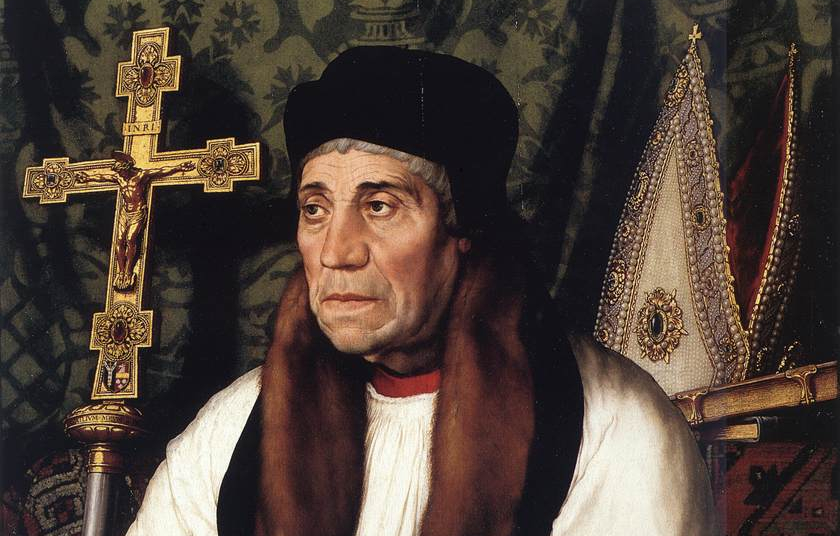
Archbishop Warham built one of the largest palaces in England covering 1.16ha (about 4 acres), comparable in size to Hampton Court He later wrote (Ch. Ch. Cant Register T 1526) The buildings of Otford were ruinous by neglect, but now sufficiently repaired and enlarged and a great house has been built…
Read moreNotable Guests
1 January 1518
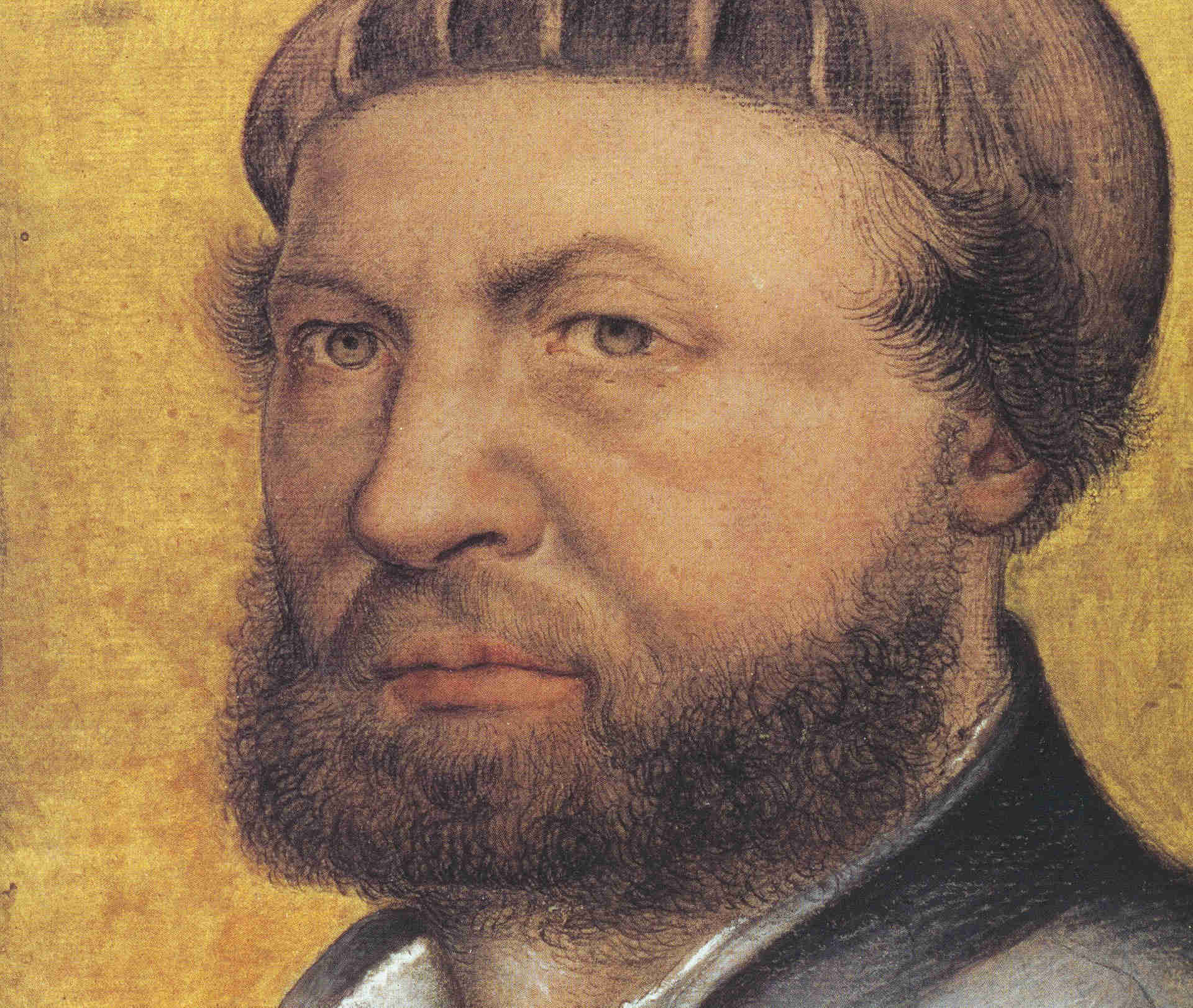
Erasmus and Holbein were regular guests. Erasmus was critical of the old palace, writing in 1523 (Ep 14500) Nor should I have found it very attractive before William Warham, the present Archbishop of Canterbury and primate of all England had built there on such a scale that he seemed not…
Read moreCardinal Campeggio entertained at Otford
23 July 1518
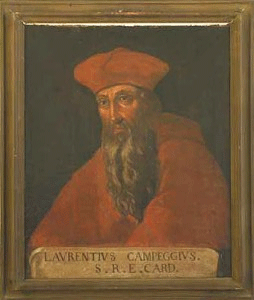
Campeggio was sent to England by Pope Leo X on the ostensible business of arranging a crusade against the Turks.
Read more
The King Visits
1 January 1520
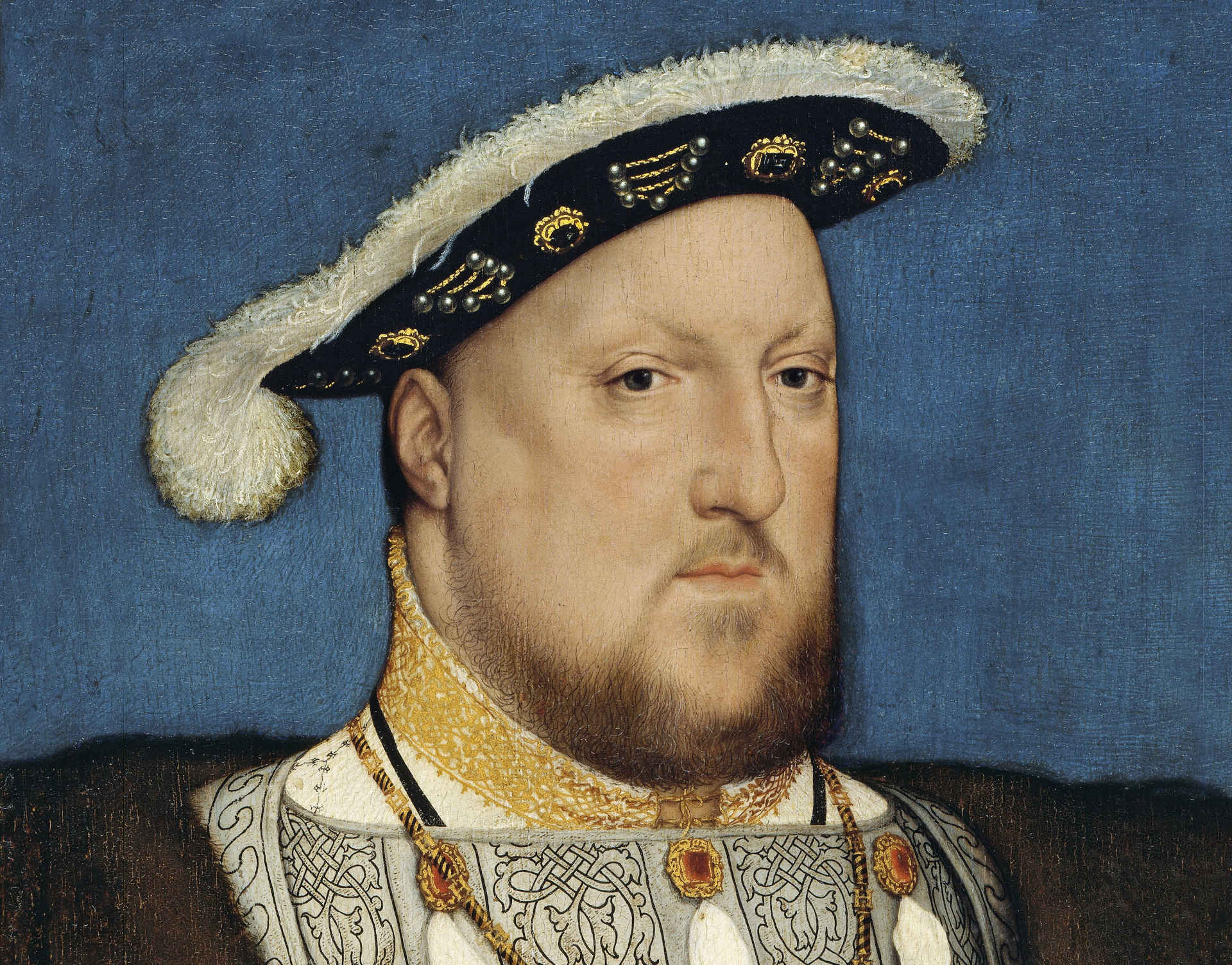
Henry VIII and Catherine of Aragon stayed here en route to the Field of Cloth of Gold.
Read more
“Bloody” Mary’s Summer Retreat
1 January 1532
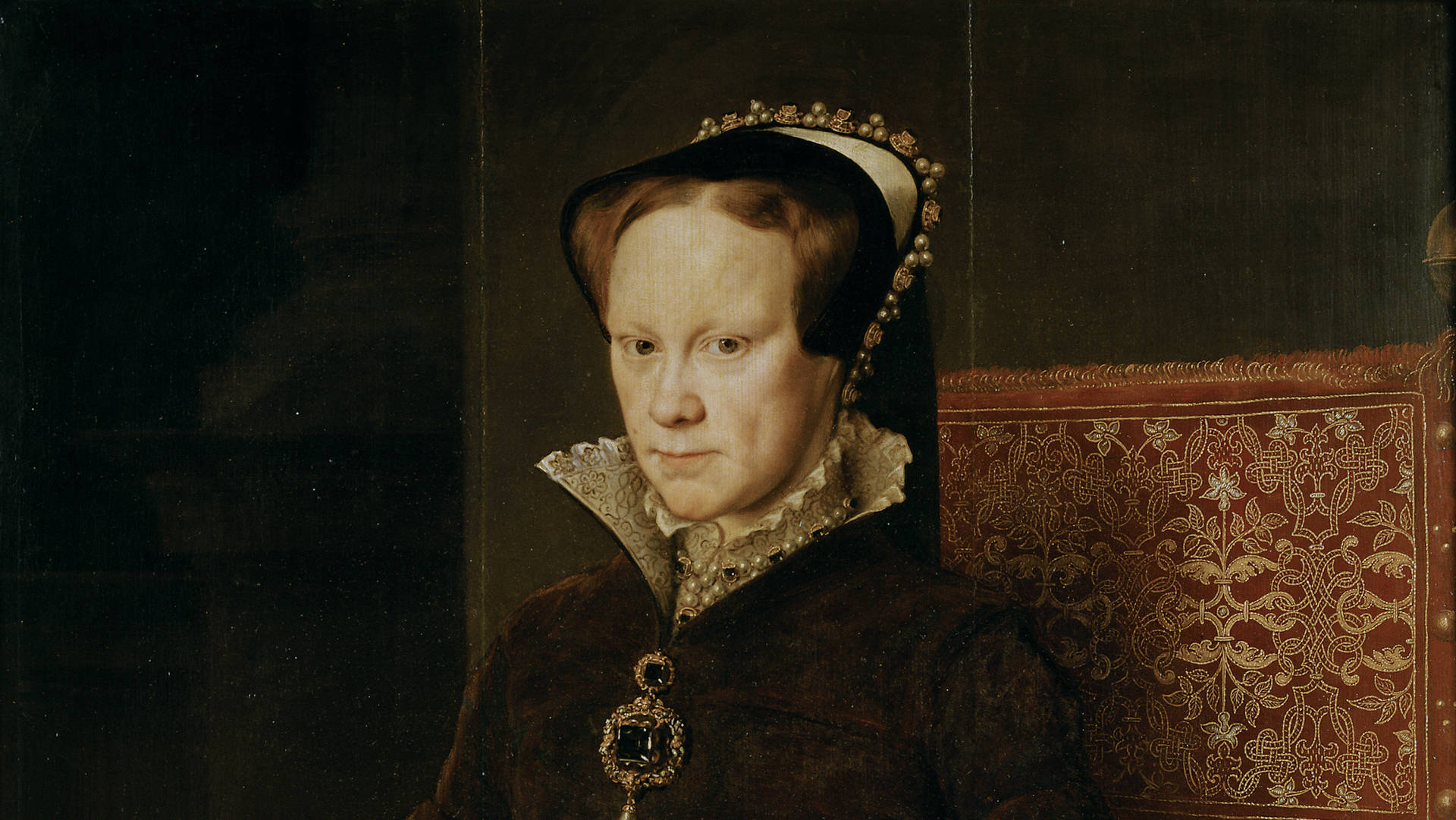
Princess (later Queen) Mary stayed here over two summers
Read more
“Book of Common Prayer” Writing Begins
1 January 1534
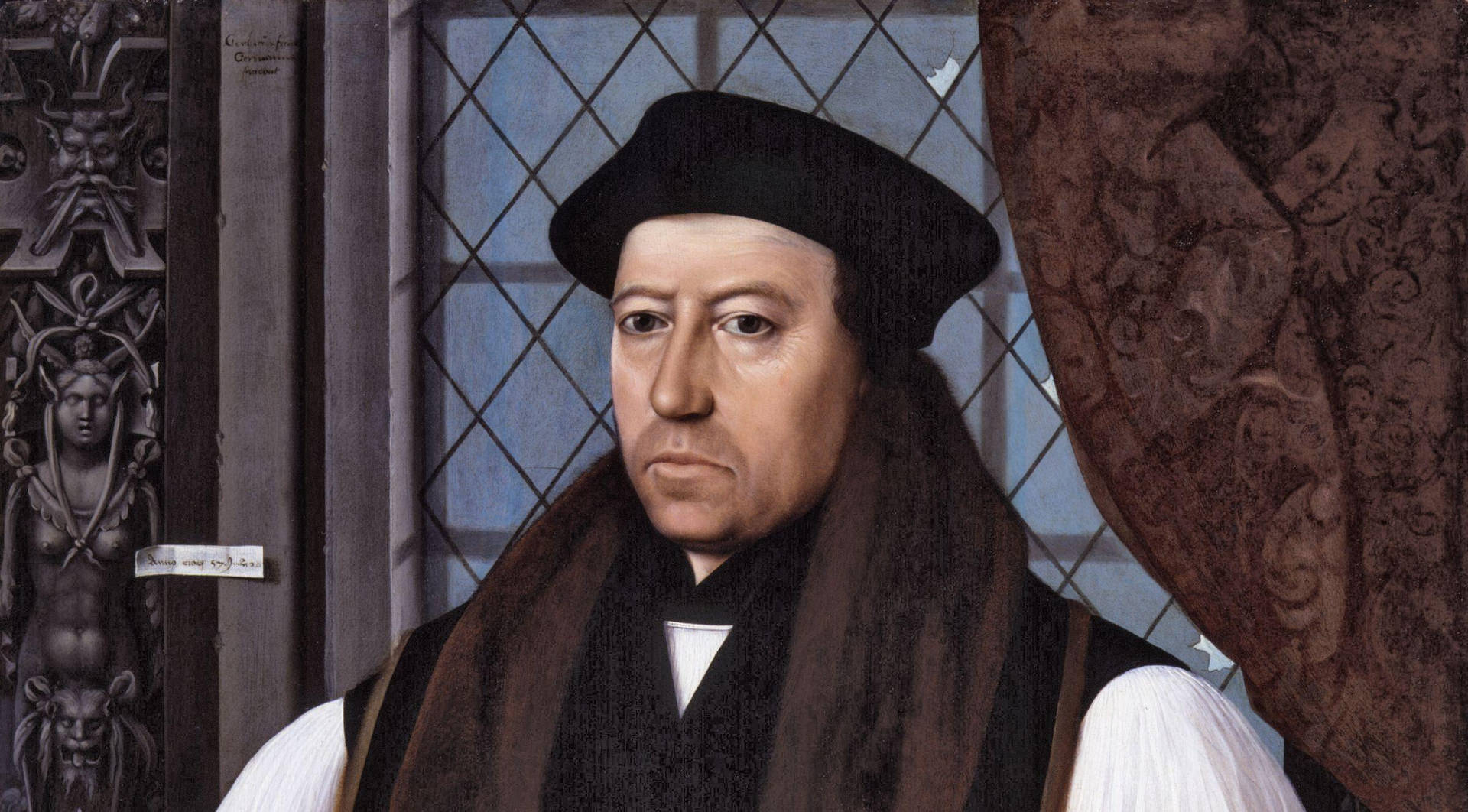
Archbishop Cranmer began work on his Book of Common Prayer at the Palace. It is believed that he finished this work before he left. A background to the Book by Rev’d Canon Dr Judith Maltby can be found on YouTube.
Read more
Henry Acquires the Palace
1 January 1537
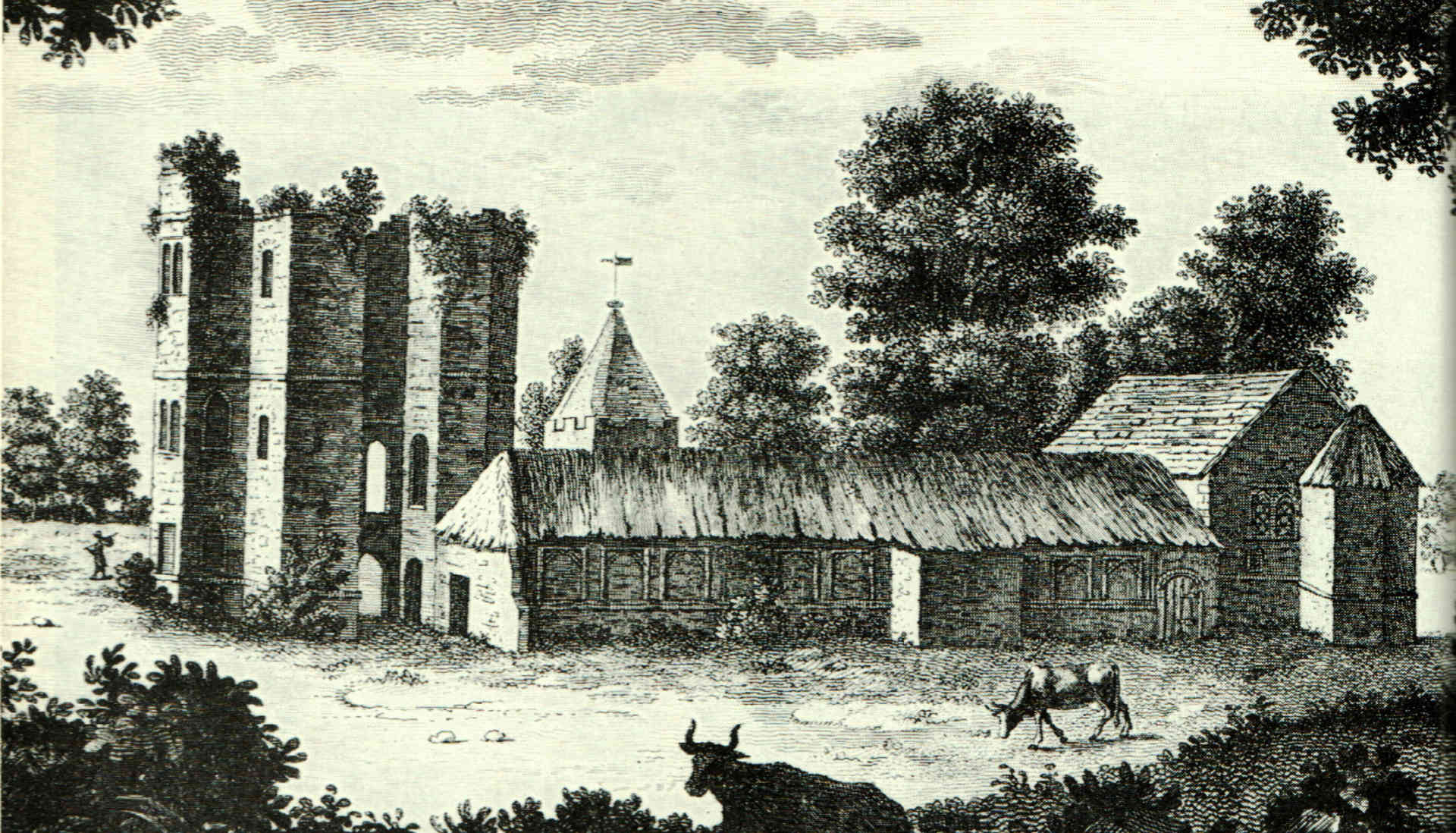
Henry VIII became its owner and spent lavishly on it. However, in time, he decided that he preferred Knole House a few miles away in Sevenoaks, because it was less damp, away from the River Darent.
Read moreDescent Into Disrepair
1 January 1547
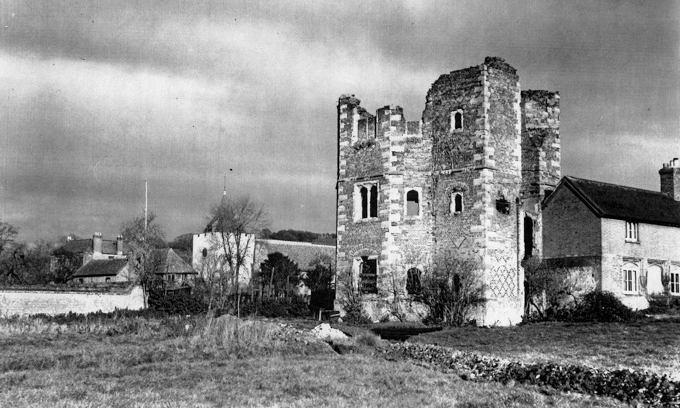
After Henry’s death, the Palace fell gradually into disrepair.
Read more
Cardinal Reginald Pole takes possession
1 January 1553
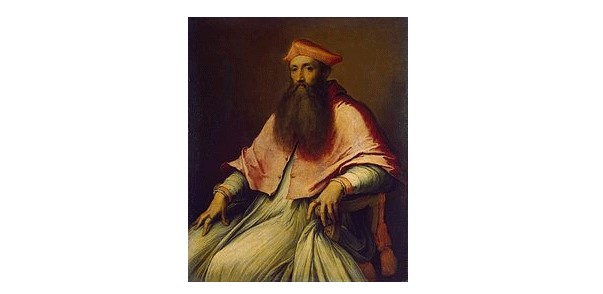
Reginald Pole was an English cardinal of the Roman Catholic Church and the last Roman Catholic Archbishop of Canterbury, holding the office from 1556 to 1558, during the Counter Reformation. He died on influenza on 17th November 1558 – the same day as Mary I.
Read more
Elizabeth I visits Otford
23 July 1559
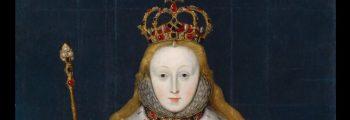
Elizabeth I visited Otford where she stayed in her own mansion from July 23 to 28 July 1559.[1] Supplementary space also had to be found here, and Robert Dudley, earl of Leicester, acting as host, had his tents sent from London at the cost of 77s 8d. In one of…
Read moreSurvey of the Manor
1 June 1573
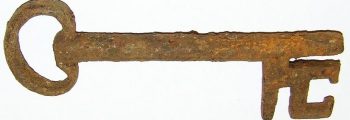
Elizabeth I ordered a survey of the Manor. This shows that there were 200 door keys missing – giving an indication of the size of the Palace!
Read moreThe Sydney Family purchase the Palace
1 February 1601

Eventually, Elizabeth I, in need of money to fund her war, agreed to sell Otford Palace to Robert Sydney. The Sydneys converted the Western side of the North Range into their private quarters.
Read moreSold to Thomas Smith
1 January 1619
In 1618-19, Sydney, now Viscount Lisle, having disparked the Great Park, conveyed the property to Sir Thomas Smith, second son of Customer Smith.
Read moreNorth East Tower demolished
1 January 1761
In 1761, the North East Tower of the Palace was demolished and the stonework carried to Knole, Sevenoaks, where it was used to build Knole Folly which lies to the South-East of Knole House.
Read more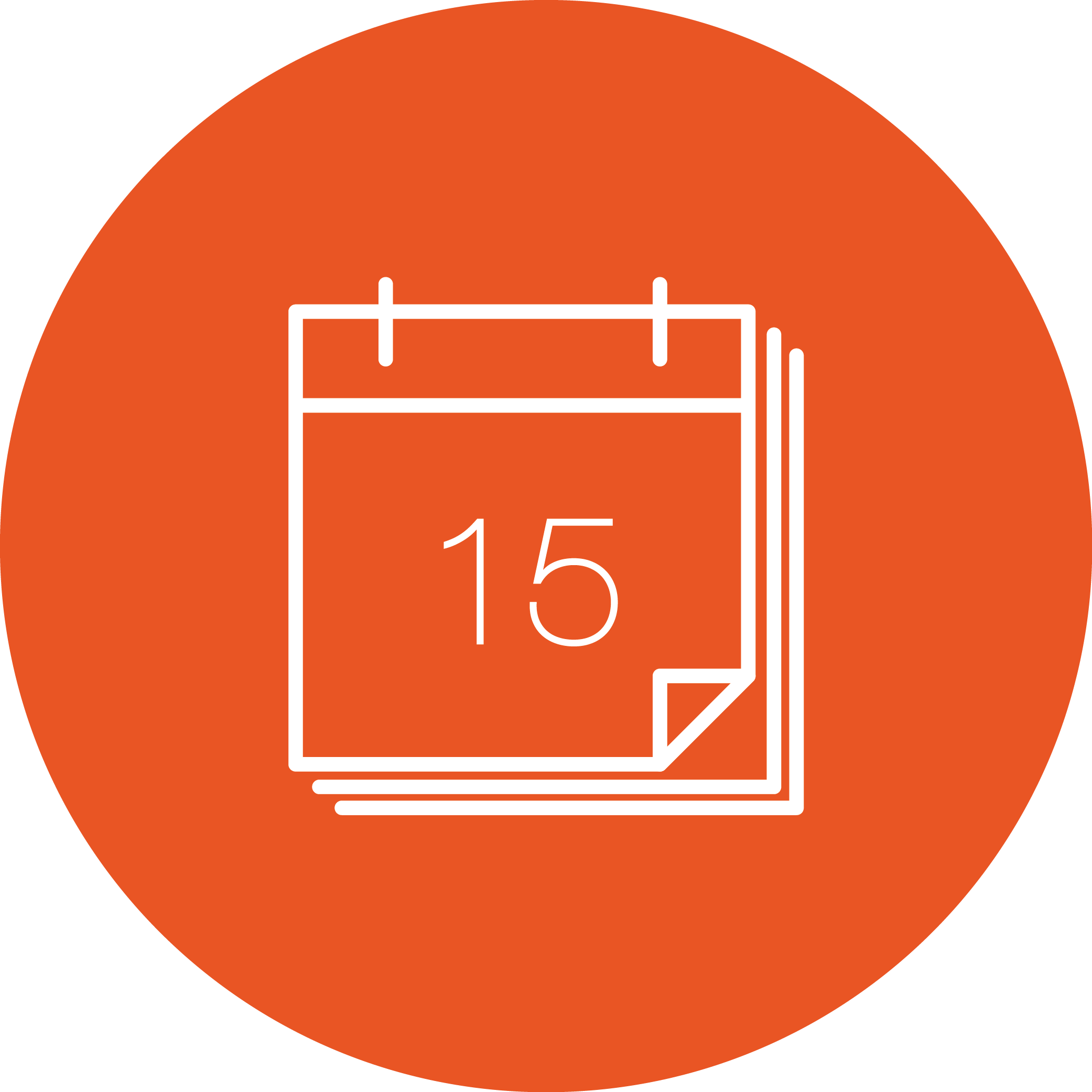
Otford Parish map 1844
1 January 1844
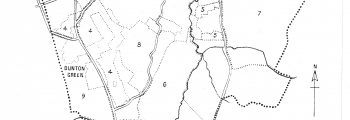
Castle Farm is shown on the Otford Parish map of 1844, having 308 acres. The map was based on the tithe map and schedule.
Read moreNo Longer Royalty
1 January 1900
By the early 1900s, the Palace and its grounds was in the ownership of Castle Farm
Read moreOld Otford – by the Vicar
1 January 1900
John Hunt, who was the incumbent on St Bartholomew’s from 1878 to 1907, published his monograph “Old Otford” – by the Vicar around the turn of the Century.
Read moreThe creation of Castle Cottages
1 January 1900
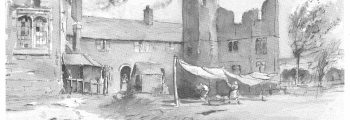
During the early years of the twentieth century, the west range between the North West Tower and the Gatehouse was converted into the present three terraced dwellings called Castle Cottages. These are Grade II* listed buildings.
Read moreReport to the Committee re the Archbishop’s Palace, Otford
5 August 1913
A.R. Powys reported on the condition of the North-West Tower, at the request of the Rev Lutyens.
Read moreScheduled as an Ancient Monument
5 December 1928
The Palace is scheduled under the Ancient Monuments and Archeological Areas Act (1979). List entry number 1005197. Click here to see the full listing.
Read more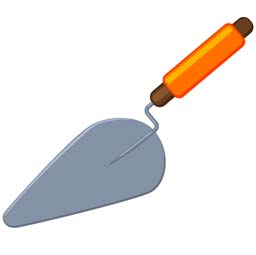
William Collier threatens to develop the site
11 October 1935
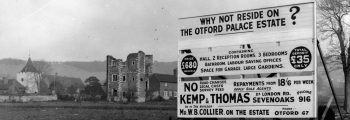
Following the death of Harry Wellband, a highly successful Otford farmer and agricultural contractor, Castle Farm was sold in 1933.
Read moreThe Village mortuary
1 September 1939
During the Second World War, the Gatehouse was used as the Village mortuary.
Read moreRecent use of the Gatehouse
29 January 1950
After the Second World War, the Gatehouse reverted to its former use as farm storage.
Read more
Repair Works
1 January 1960
In the early 1960’s a period of extensive repair work (using cement instead of traditional mortar) was carried out. After this, the site remained untouched until 2015
Read more
Excavation of the South-East Tower
3 November 1974
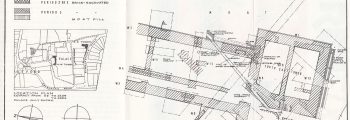
Planning consent for the construction of four detached houses had been given on a large plot on the north side of Bubblestone Road, although it was certain that it occupied the south-east corner of Otford Palace. In the few week-ends before construction work began the Otford and District Archaeological Group…
Read more
A new roof for the Palace Tower
1 February 1982
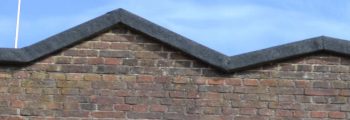
Some repair work was carried out on the North-West Tower of Otford Palace in 1982. The minutes of Otford Parish Council give a partial account of events from November 1980 to the end of 1982, but omit various details that would be of considerable interest.
Read more
More Repairs Needed
7 January 2015
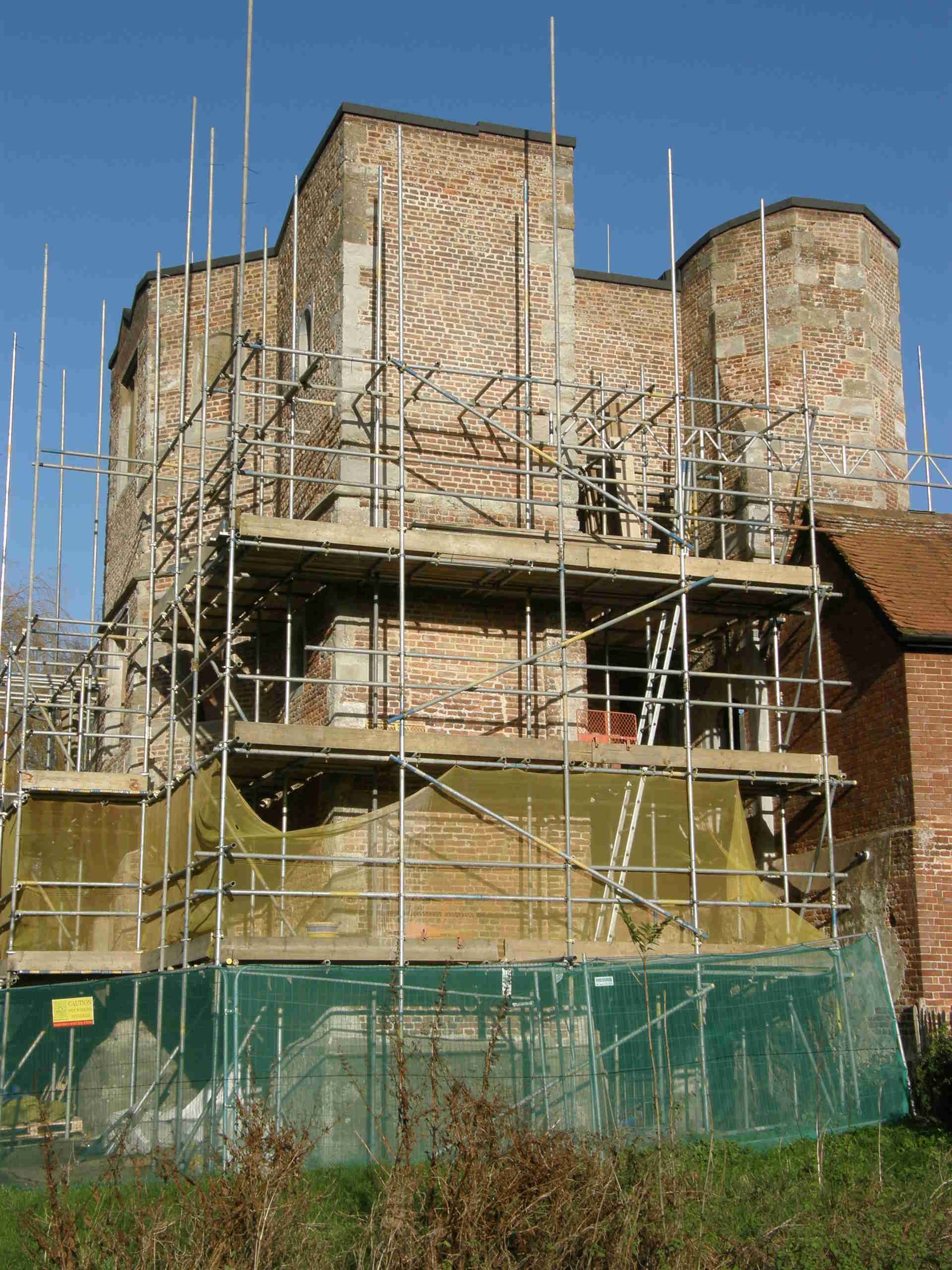
Following much-publicised masonry falls, Sevenoaks District Council eventually carried out extensive repairs to prevent any further deterioration. These works were completed in 2017
Read moreArchbishop’s Palace Conservation Trust formed
20 June 2017
The Trust was registered on 20th June 2017 with the objectives of: Working for the benefit of the public the preservation, restoration, maintenance, repair and improvement of the building known as the Archbishop’s Palace in Otford, Kent and to advance the education of the public in the history of the…
Read moreStudy by Holly Cooper
6 April 2018
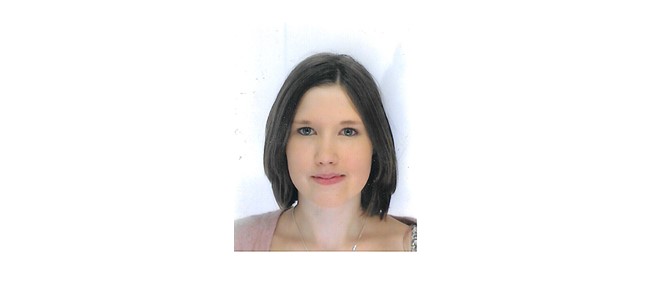
Holly Cooper, a MArch student at the University of Kent, Canterbury studied the Archbishops’ Palace for her final year project.
Read moreThe lease
19 September 2019
Sevenoaks District Council grants a 99-year lease to the Archbishop’s Palace Conservation Trust so that it can start work to conserve the Palace, create an interpretation centre for Otford and the Darent Valley and operate it as a self-sustaining community resource.
Read more